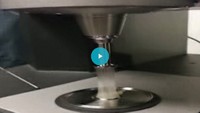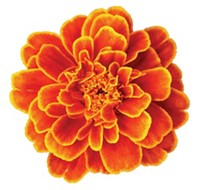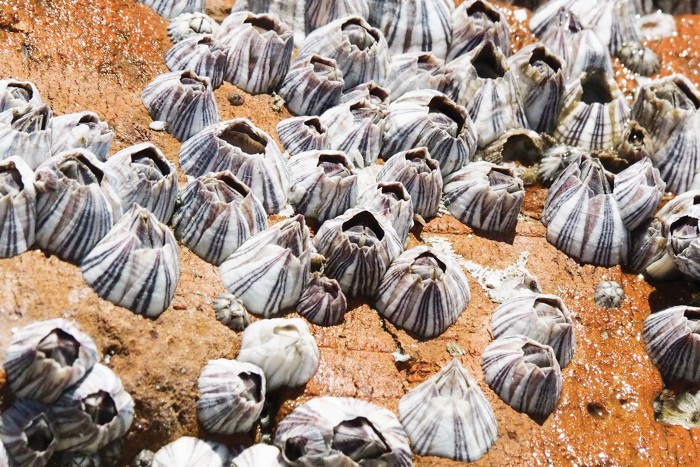Advertisement
Grab your lab coat. Let's get started
Welcome!
Welcome!
Create an account below to get 6 C&EN articles per month, receive newsletters and more - all free.
It seems this is your first time logging in online. Please enter the following information to continue.
As an ACS member you automatically get access to this site. All we need is few more details to create your reading experience.
Not you? Sign in with a different account.
Not you? Sign in with a different account.
ERROR 1
ERROR 1
ERROR 2
ERROR 2
ERROR 2
ERROR 2
ERROR 2
Password and Confirm password must match.
If you have an ACS member number, please enter it here so we can link this account to your membership. (optional)
ERROR 2
ACS values your privacy. By submitting your information, you are gaining access to C&EN and subscribing to our weekly newsletter. We use the information you provide to make your reading experience better, and we will never sell your data to third party members.
Biomaterials
Oil-loaded gels fight fungus
Organogels made with essential oils could be used as drug delivery devices and food preservatives
by Bethany Halford
April 25, 2020
| A version of this story appeared in
Volume 98, Issue 16

Thanks to their ability to evaporate at ordinary temperatures, essential oils are popular components in perfume. But this volatility makes it difficult to take advantage of essential oils’ pharmacological properties: they can vanish into the air before they’ve had a chance to work their magic. Technion chemists Boaz Mizrahi and Sivan Yogev discovered that they could release essential oils in a controlled fashion by capturing them in organogels (ACS Appl. Polym. Mater. 2020, DOI: 10.1021/acsapm.0c00269). Organogels are soft materials made of a polymeric matrix, like ethyl cellulose, and an organic solvent, such as vegetable oil. Mizrahi and Yogev made organogels using citral, a component of lemongrass; linalool, which is found in lavender and mint essential oils; and an essential oil of Mentha arvensis, also known as wild mint. They found that citral organogels and organogels with high concentrations of linalool and M. arvensis were able to kill the pathogenic fungus Trichophyton rubrum, the most common cause of athlete’s foot. They also found the organogels were able to successfully fight fungal infection in horse hooves in lab experiments. In addition, containers with essential oil–loaded organogels were able to keep cherry tomatoes fresher longer than containers with canola oil–loaded gels or with no organogels (shown). Although the idea of using essential oils in food containers isn’t new, Mizrahi says this system can go into existing packaging.







Join the conversation
Contact the reporter
Submit a Letter to the Editor for publication
Engage with us on Twitter